Question papers and answers of grade 7 Mathematics exam for excellent students in Vietnam in 2024
Question papers and answers of grade 7 Mathematics exam for excellent students in Vietnam in 2024
The question papers of grade 7 Mathematics exam for excellent students is one of the topics of interest for students to practice and achieve high results in this exam.
Therefore, students may refer to the following compilation of 20 detailed question papers and answers of grade 7 Mathematics exam for excellent students in Vietnam:
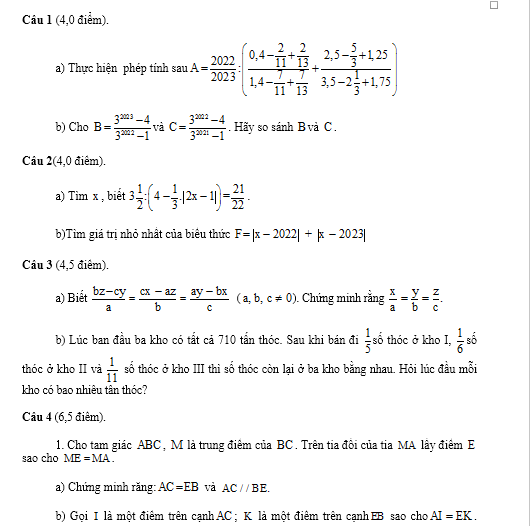
>>> Download ** 20 detailed question papers and answers of grade 7 Mathematics exam for excellent students**
*Note: Information is for reference only./.
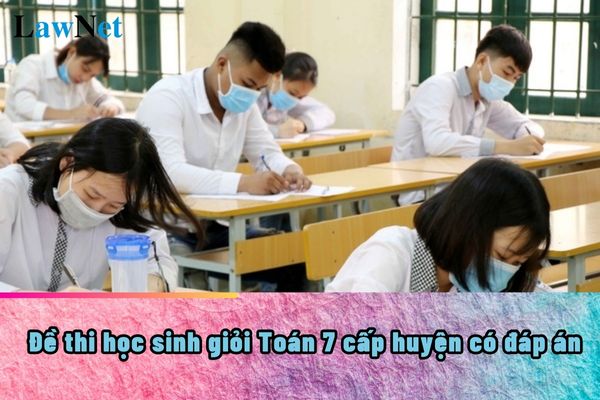
Question papers and answers of grade 7 Mathematics exam for excellent students in Vietnam in 2024 (Image from the Internet)
What are requirements for teaching equipment for grade 7 Mathematics in Vietnam?
Based on Section VIII of the Appendix to the Mathematics Education Program issued with Circular 32/2018/TT-BGDDT, the following Grade 7 Mathematics program was developed:
- Mathematics teaching equipment should encompass and describe the knowledge to support teachers and students in focusing on specific mathematical subjects (concepts, relationships, mathematical properties, etc.) to detect, explore, and deepen knowledge throughout the mathematics learning process.
- The use of Mathematics teaching equipment needs to ensure certain requirements:
+ Teaching equipment should serve the objectives of mathematics teaching, be suitable for the content and student audience, support the innovation of teaching methods, and avoid adding unnecessary content or increasing the teachers' workload and unnecessary costs.
+ Use at the appropriate times and places, avoiding formalities or overuse that cause counterproductive effects, reducing the effectiveness of the teaching process; enable students to actively practice with the teaching equipment to explore and discover knowledge, contributing to the development of “competency in using mathematical tools and aids.”
+ Encourage the use of modern audiovisual and technical means that support the teaching process, while also valuing traditional means. If conditions permit, teachers should guide students on how to search for information and materials on the Internet or trustworthy educational TV programs to broaden their understanding and self-study capabilities.
+ Enhance self-made teaching equipment: Beyond the minimal teaching equipment regulated in the list issued by the Ministry of Education and Training, it is necessary to mobilize the creativity of students, teachers, and parents in designing and using self-made teaching equipment.
+ Flexibly combine different types of teaching equipment: Each type of equipment has certain strengths and limitations, hence depending on the lesson content and teaching methods, different types of teaching equipment should be combined in a reasonable, scientific, and lively manner.
- Based on the program's objectives and requirements, the Ministry of Education and Training issues a list of minimum teaching equipment, ensuring adequate quantity and variety. Specifically:
+ Primary school level:
++ Numbers and Arithmetic: Includes sets of teaching equipment for Natural Numbers and arithmetic operations (addition, subtraction, multiplication, division) with natural numbers; Fractions and arithmetic operations with fractions; Decimal numbers and arithmetic operations with decimal numbers; Percents.
++ Geometry and Measurement: Includes sets of teaching equipment for recognizing, describing shapes and features of some plane and solid figures; practicing measuring, drawing, assembling, creating shapes (corresponding to each grade level math program); practicing weighing, measuring, counting, viewing time, buying and selling.
++ Basic Elements of Statistics and Probability: Includes sets of teaching equipment for Reading, describing, and representing data in tables, statistical charts; Familiarizing with the likelihood of events occurring.
+ Lower secondary school level:
++ Numbers and Algebra: Includes sets of teaching equipment for Integers and arithmetic operations with integers; Percents; Functions and graphs.
++ Geometry and Measurement: Teaching equipment for recognizing, describing shapes and features of some plane and solid figures; Practicing measuring, drawing, and creating shapes related to the learned plane and solid figures.
++ Basic Elements of Statistics and Probability: Teaching equipment for Statistics and Probability.
+ Upper secondary school level:
++ Algebra and Some Elements of Calculus: Teaching equipment for Functions and graphs.
++ Geometry and Measurement: Teaching equipment for recognizing and describing features of pyramids, prisms, cones, spheres, cylinders, conics.
++ Statistics and Probability: Teaching equipment for Statistics and Probability.
What are characteristics of Grade 7 Mathematics in Vietnam?
Based on Section I of the Appendix to the Mathematics Education Program issued with Circular 32/2018/TT-BGDDT, the following Grade 7 Mathematics program was developed:
Mathematics increasingly has many applications in life; basic mathematical knowledge and skills have helped people solve real-life problems systematically and accurately, contributing to social progress.
Mathematics at secondary school helps form and develop key virtues, general competencies, and mathematical competencies for students; develop essential knowledge and skills, and create opportunities for students to experience and apply mathematics in real life; establish connections between mathematical ideas, between Mathematics and real life, between Mathematics and other subjects and educational activities, particularly with Science, Natural Science, Physics, Chemistry, Biology, Technology, and Informatics to implement STEM education.
Mathematics content is often logical, abstract, and general. Therefore, to understand and learn Mathematics, the mathematics program at secondary school needs to balance between “learning” knowledge and “applying” knowledge to solve specific problems.
Throughout the learning and application of mathematics, students always have opportunities to use technological means, modern teaching equipment, especially electronic calculators and handheld calculators, to support the visualization, exploration, and problem-solving process in mathematics.
In the general education program, Mathematics is a compulsory subject from Grade 1 to Grade 12. Mathematics education content is divided into two phases:
- Basic education phase: Mathematics helps students systematically understand the most essential mathematical concepts, principles, and rules required by everyone, forming a foundation for further learning or applying daily life knowledge.
- Career-oriented education phase: Mathematics helps students gain a relatively comprehensive view of mathematics, understand the role and applications of mathematics in reality, and the mathematics-related professions, providing a basis for career orientation and the ability to independently explore mathematics-related issues throughout life.
In addition to the core educational content, each school year, students (especially those oriented towards natural sciences and technology) choose to study several learning modules.
These modules aim to enhance knowledge of mathematics, the ability to apply mathematical knowledge in practice, meet interests, needs, and career orientations of students.
The mathematics curriculum in both educational phases has a linear structure combined with “spiral progression” (concentric, expanding, and gradually advancing), revolving around and integrating three knowledge strands: Numbers, Algebra, and some Elements of Calculus; Geometry and Measurement; Statistics and Probability.




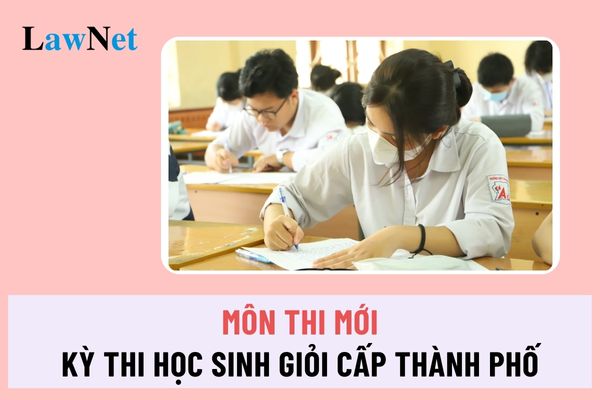


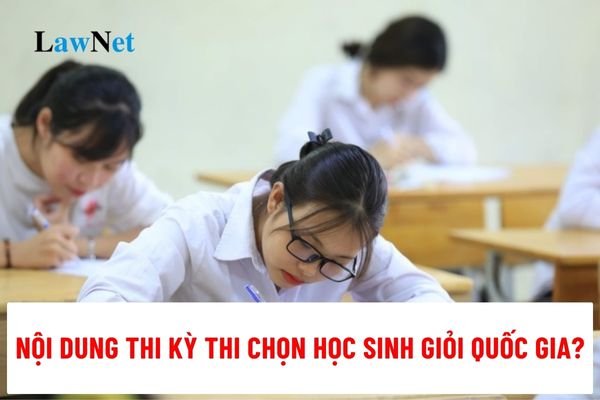
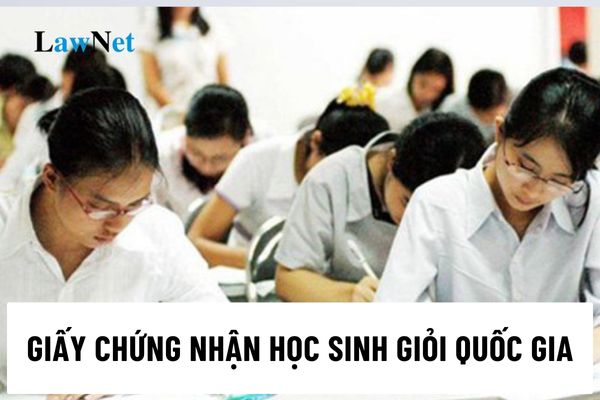
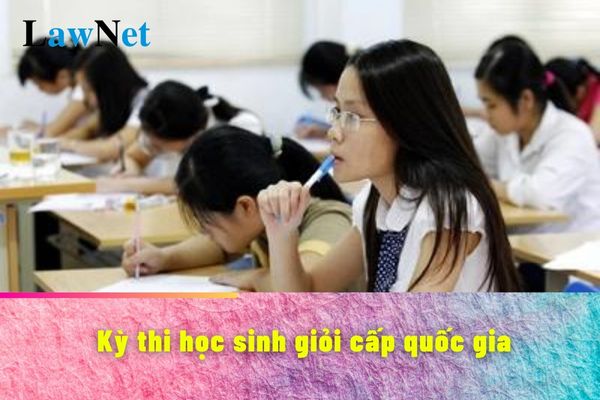
- What are procedures for withdrawal from the Vietnam Association for Promoting Education?
- All contents of the Literature subject for grade 10 students in Vietnam
- Who are eligible for lunchtime support policy for preschool children in Vietnam?
- What are procedures for awarding the title of Honorary Doctorate to teachers in Vietnam?
- Are students who receive state scholarships to study abroad required to reimburse training costs when they do not return to Vietnam to work for authorized state agencies?
- Formula for calculating the area of a circle in the grade 5 curriculum in Vietnam
- Is there a limit on the number of students undertaking scientific research projects in Vietnam?
- According to the 2018 General Education Program, how is physics education implemented at three educational levels?
- Sample speech on the Mid-Autumn Festival in 2024 in Vietnam
- What are regulations on the knowledge of Literature for all levels in Vietnam?

